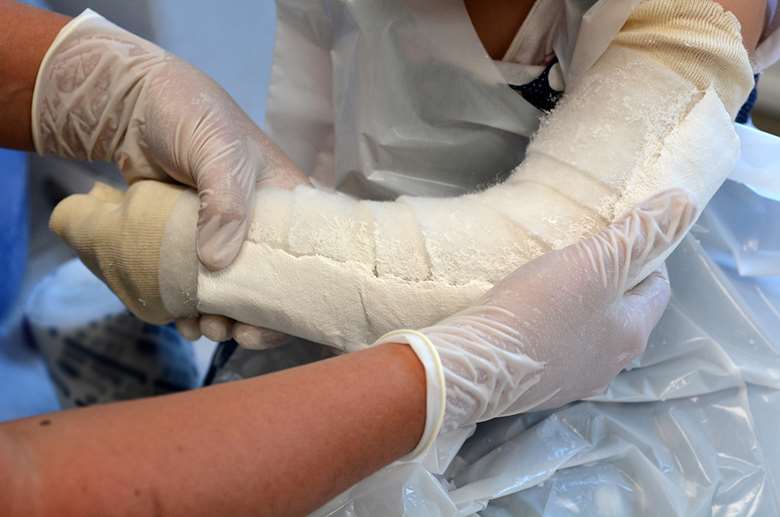Connecting Care
Emily Rogers
Tuesday, March 27, 2018
Integrated digital care record system combines health and social care records for individuals across Bristol, South Gloucestershire and North Somerset.

- It provides health and care professionals with the accurate, real-time data they need to make informed care decisions
- Children's services reports a quicker, more joined-up response to concerns about children's wellbeing since joining the system
ACTION
Connecting Care is an integrated digital care record system combining service user records from health and social care agencies across Bristol, South Gloucestershire and North Somerset. Children's services joined the system in January last year, with £900,000 from the government's Challenge Fund. "The rationale was that we had a number of professionals working with families, or holding information about them, but no central way to ensure people know the right information at the right time, to keep children safe," explains Sophie Gowans, manager of Bristol Council's first response team.
Gowans says the system is helping her team respond swiftly to callers' concerns about a child's wellbeing, starting with the identification of the children concerned. She cites the example of an anonymous referral of a child appearing underweight, with numerous injuries, from someone who just has an address. Identifying the family could previously be a lengthy business; multiple calls to other agencies requesting database searches. Now, after providing Connecting Care with a reason for viewing information - typically concerns for a child's safety or assessing the suitability of a referral - Gowans' team just need the address or another piece of information to identify family members and access their records.
After identifying the family, Gowans says it could previously be "very hard" to identify the relevant professionals to help with investigating allegations. "We used to spend lots of time working out who knows what, particularly with health, and with multiple children," she says. "Connecting Care brings all that information into one place, showing who the GP and relevant health professionals are and the last 10 appointments, alongside emergency hospital admissions. If someone's saying a child had a burn in January and wasn't taken to hospital, and a broken arm in February, it shows us whether medical attention was sought." That information, she says, informs the team's enquiries.
Gowans stresses that Connecting Care does not replace social work investigations or safeguarding discussions, describing it as "not an end in itself, but a very good starting point for understanding the wider picture and sharing information about risk". This facilitates the work of Bristol's multi-agency safeguarding hub (Mash). Gowans' team selects cases for the Mash to decide on the next steps, while a child protection nurse uses the system to identify the most relevant health colleagues to help with her investigations. Gowans says this helps "cut to the chase" in information gathering, enabling the hub to make swifter decisions, such as recommending a Section 47 investigation.
"When you're dealing with 2,000 monthly referrals, saving five or 10 minutes on each phonecall is much more effective," she explains.
Outcomes from social work investigations such as child in need or child protection status are pulled into the child's Connecting Care record from the children's services database. An exclamation mark in a red triangle shows health professionals if social care is involved with a child they're treating, triggering notification of social workers about injuries they may not otherwise have viewed suspiciously.
The system is also proving a useful case management tool: social workers may stipulate that parents get medical attention for their child and it shows whether they've complied. Gowans says its adult records can particularly help in responding to concerns about unborn babies, showing whether an expectant mother with mental health and drug issues is seeking medical help. She says its cross-boundary coverage enables swifter response to referrals made about children living on a street covered by neighbouring councils.
"We know the families in our area and can access all information about their social care," she explains. "Then you cross the road, and know nothing. Now we can see who is responsible." She says Connecting Care also saves hospital staff from puzzling over which authority's duty social work team to notify.
IMPACT
Gowans says her 11 team members are reporting a "swifter, more streamlined process" in piecing information together. "We've seen a workload reduction; not the amount they're dealing with, but the amount lingering in in-trays, such as waiting for calls back from GPs or health visitors," she explains. "We're inundated with referrals and need to make quick decisions, based on a clear rationale and the best information. We can now access accurate, reliable, multi-agency information in one place, helping us make solid safeguarding decisions."




